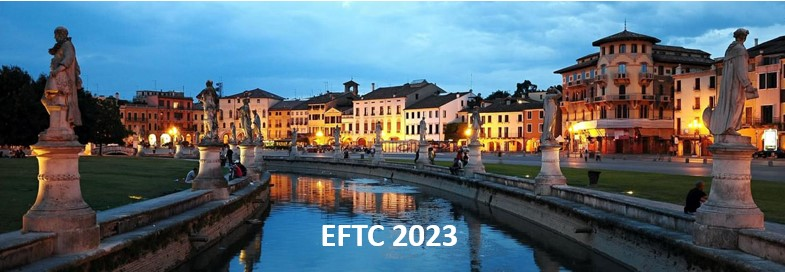Speaker
Description
The particle-in-cell code PICLS is a full-f finite element tool intended to simulate turbulence in the tokamak scrape-off layer using gyrokinetic ions and drift-kinetic electrons. Up until now however, PICLS has been a purely electrostatic code with a prescribed background magnetic field. This approach is not perfectly suited to represent unstable regimes occurring in the scrape-off layer, since although $\beta = 2\mu_0p/B^2$ can be small, turbulence there is still dominated by electromagnetic effects [1]. In order to capture those effects, an Ampère-solver is added to the code and the evolving magnetic field is taken into account in the particle pusher stage. In order to combat the Ampère-cancellation problem that arises from the Hamiltonian canonical Lagrangian formulation that PICLS is based on, we combine the newly added Ampère-solver with a pullback scheme akin to the one used in ORB5 [2]. This improved version of PICLS opens up possibilities in simulating $\beta$-dependent ITG-KBM transitions like illustrated in ref. 3 for the codes GENE, GKW, EUTERPE and ORB5, shear Alfvén waves, microtearing modes and more.

